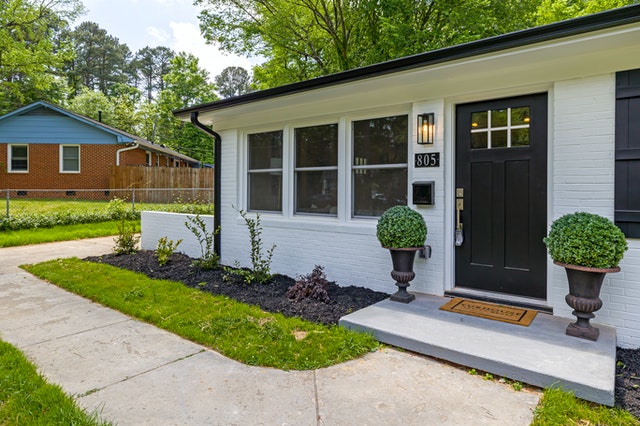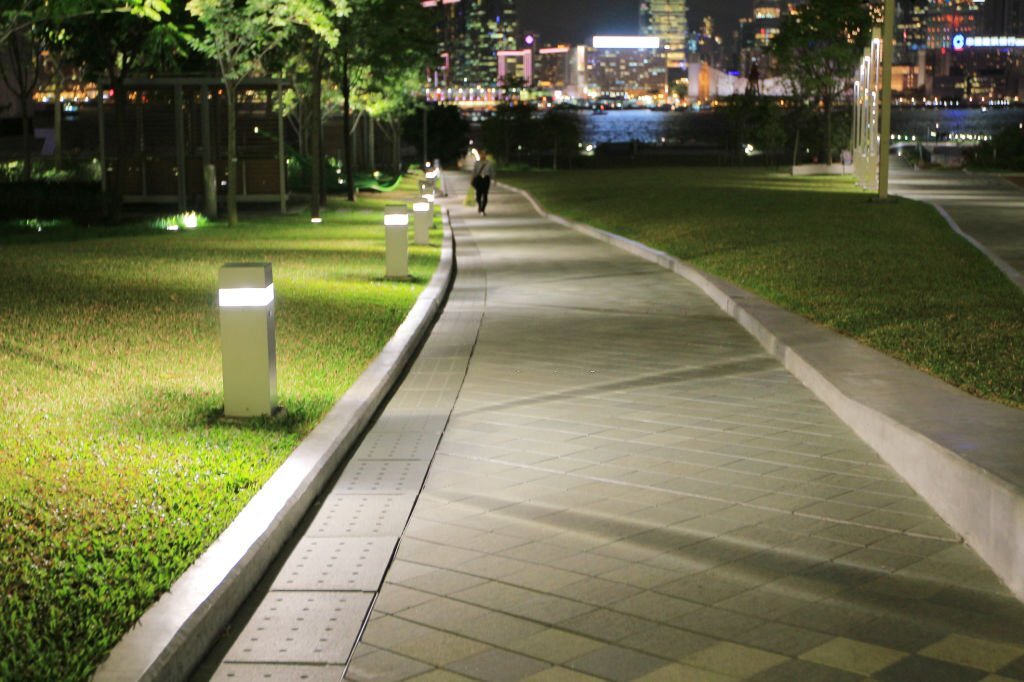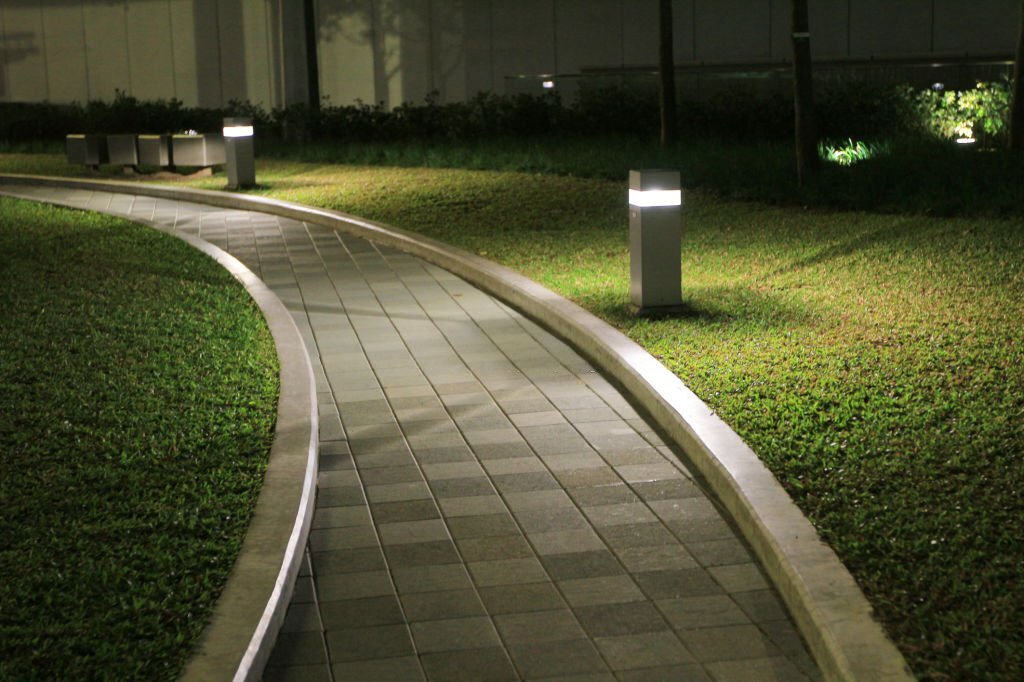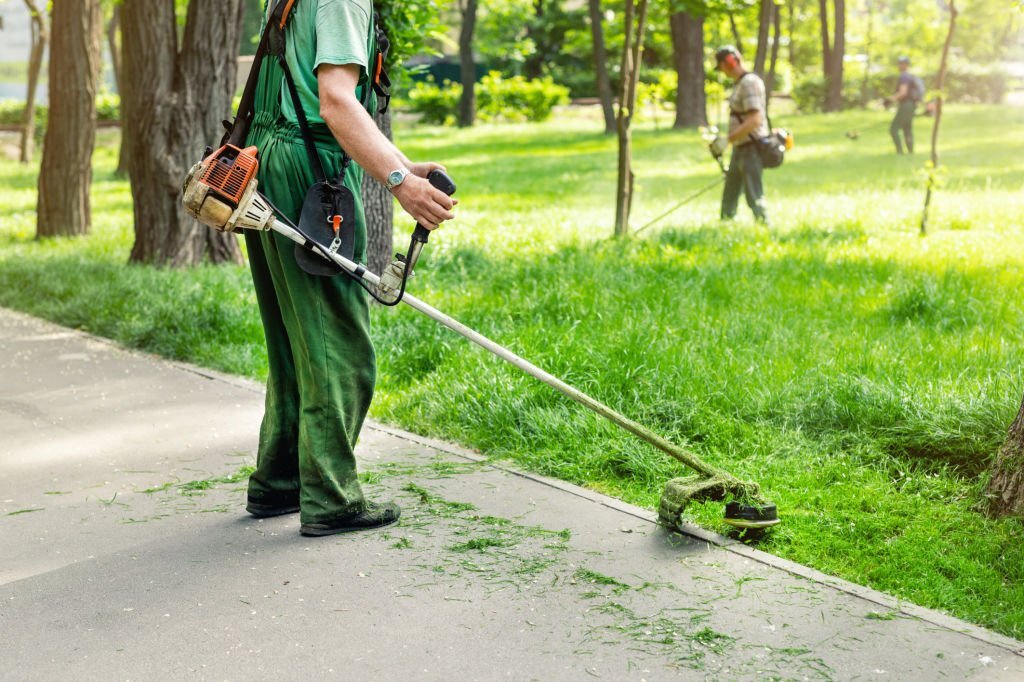Sealant for the paver is a vital maintenance tool for paver sealing that helps keep the paver patios and walkways, driveways, and decks for pools looking as gorgeous as the day they were put in. Yet, “too much of a good thing” could occur, and you must be careful not to apply too much paver sealer frequently, which can result in a haze.
The Importance Of Paver Sealing and Hardscape
In addition to the possible issues in the pavers themselves, shifts, sinking and unevenness, Puddling, and poor installation are all common complaints at the beginning. Sealing the previous hardscape is a common practice for conserving the beauty of the landscape. There are many benefits to this product, but we will focus on the four most important factors when it comes down to selecting the best sealer.
Slip Resistant For Paver Sealing
Radon Seal Paver sealer is a sealer made of water designed to soak the deepest part of porous concrete stone and brick. It seals the substrate beneath the surface. The depth of penetration is important in the case of friction between surfaces. The sealer is naturally resistant to slip! Therefore, it is a secure option for areas with high foot and vehicular traffic like in ground pools and driveways, sidewalks, and walkways where hardscape is frequently utilized.
Waterproofing Against Deep Water Penetration –
Permeable pavers that allow water to penetrate deeply into. The sealer operates through “plugging up” the micro-capillaries, pores, and cracks beneath the surface. After it has dried, the sealed paver will start to drain surface water, protecting the paver from oil staining and spills of car fluids as well as chlorinated water and hard water staining due to sprinklers and lawn irrigation systems.
Not All Pavers Are Created Equal
In conclusion, pavers are renowned for their toughness and, when they are compared to poured concrete slabs, they can stand up better, even in extreme weather conditions. They are relatively simple to maintain; however, problems remain! Many different types of paver sealing can be made to be equal, and that’s why it’s important sealing your pavers! It is also possible to combine multiple pavers to create a specific style. The type of paver you choose will depend on the particular project being undertaken and, obviously, your personal preferences.
Clay Brick Pavers
The most well-known kind of paver. Color and stain-resistant. It is possible to install in various designs. However, it is easy to put in, typically more expensive to get installed due to its smaller dimensions. Compared to other pavers, brick pavers are much more susceptible to cracking, chipping, and breaking.
Concrete Pavers
They are strong in density (8,000 psi) which means they are less prone to cracking and chipping. It is much more durable against chemical deicers and retains less water (5 5 %) than standard concrete (7-9 percent). Available in different designs, colors, and sizes.
Stone Pavers
A broad word used to describe various types of stone pavers, limestone granite, bluestone slate, and flagstone are the most popular options. Their natural appearance makes them popular in landscaping in the outdoors. Long-lasting. Stand up to the toughest weather conditions. Cracks, pitting, spelling surface detonation is of no worry.
How Long Should Paver Sealing Dry After Being Cleaned And Prepped?
The answer will depend on the climate you live in. In sunny and warm areas, the pavers will have dried and are ready to be sealed within a couple of hours. If you live in cooler climates or in shady areas, you should put off packing for about 24 hours.
What Are The Best Weather Conditions For Paver Sealing?
Ideal conditions are temperatures of 75 degrees with a sunny However, anything between 50 and 90 degrees is good. Be aware that solvent-based sealants dry faster, so lower temperatures are more suitable to apply.
How often should Paver Sealer Re-Applied?
For sealants that form films, it is possible to tell when the barrier’s physical structure begins to wear. For sealants that are not film-forming, you’ll start to notice the change in color of pavers in the event of heavy rain. This is because the adhesive has worn thin. The standard principle is to replace it every three to five years. Remember that in severe rain, even sealed pavers will darken over several days before the water has completely evaporated and is not a sign of failure in the sealant.
Paver Sealing Tips For Applications To Paver:
Like painting, it’s recommended to maintain a wet edge over an entire section. Also, do not let the area dry until you’ve finished. Once you start working, keep working.
Last Thoughts
A paver sealing sprayer for application (available in any hardware retailer) allows you to get the job done faster. Make sure the pavers are wet to ensure that all crevices are sealed. Apply paver sealant until it’s saturated. Use dry rollers to absorb the excess, to prevent drip marks and lines.





